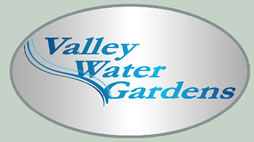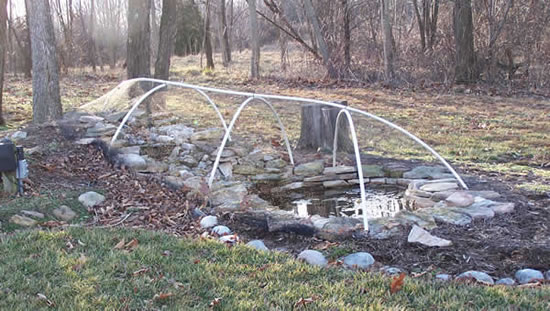Preparing Your Water Garden for Fall Operation
With the onset of cooler temperatures and falling leaves, now is the time to prepare our water gardens for winter operation. Notice I said operation and not closure. More and more water gardens are operating their circulating, filtration, and aeration systems throughout the winter months. The positive results in doing this are very rewarding; the advantages include:
- Maintains excellent water quality
- Healthier aquatic life
- Vent holes are established and maintained with running water and air diffusers
- Beautiful ice formations
You can use this check list as a winterization guideline:
- Pump maintenance - inspect and clean intake, etc.
- Filtration system - clean or replace media if needed
- Aeration systems should operate 24/7 - 365 days per year. In winter months this will keep a vent hole in your pond, eliminating the need for pond heaters.
- Be sure to keep aeration system air filter clean
- Monitor water temperature
- Stop bacteria applications when the water temperature drops to 55° F
- Stop feeding fish when the water temperature drops to 48° F
- Close bottom water intake to maintain warmer bottom temperatures for fish
- Install pond netting and support structure before leaves begin to fall (See the photos below for examples)
- Remove tropical plants before the first frost (Cannas, Palm Umbrella, Taro, etc.)
- Remove annuals after the first frost (lettuce, Hyacinth, etc.)
- Trim submerged plants back to 7-8" below the pond surface
- Trim marginals and lilies back after the first killing frost
- Install pond heater if needed
Feel free to Contact Us if you have any other questions.


